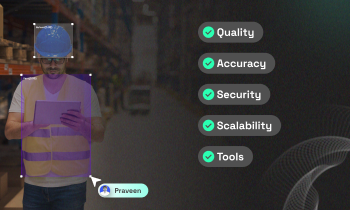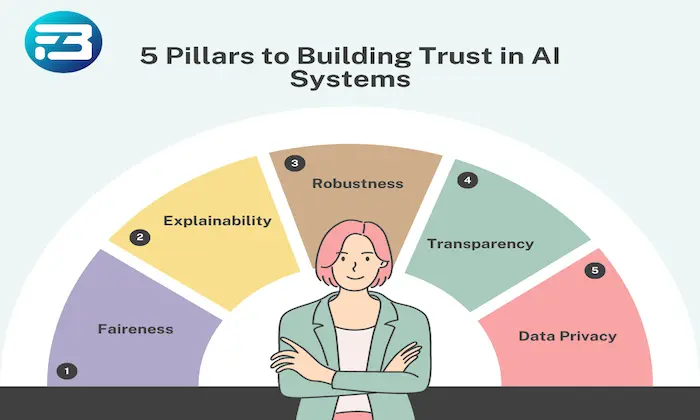What’s the difference between wake word and keyword spotting?
Voice Recognition
Wake Word
Keyword Spotting
TL;DR
Wake words activate the system. Keyword spotting interprets commands. Both are essential for seamless voice interaction but serve different technical roles.
In the world of voice recognition, understanding the distinction between wake words and keyword spotting is critical for developing effective, real-time voice-enabled systems. While both technologies contribute to intuitive user experiences, they operate at different stages of the voice interaction pipeline and require distinct design strategies.
Why Wake Words Need to Be Ultra-Distinct
Wake words are short, phonetically clear phrases like “Hey Siri” or “OK Google” that activate a device’s listening mode. They are intentionally distinct to prevent unintended activation and enable energy-efficient, hands-free interaction.
Core Functions
- Trigger mechanism: Transitions the device from idle to active listening
- Phonetic clarity: Designed to avoid overlap with everyday language
- Environmental variability: Robust systems are trained using diverse wake word datasets, capturing accents, speaker types, and noise conditions
How Keyword Spotting Deciphers Your Commands
After activation, keyword spotting recognizes user commands within continuous speech. This function supports multi-turn dialogue and varied use cases, from music control to smart home automation.
Technical Focus
- Contextual parsing: Analyzes full speech segments to extract intent
- Wide vocabulary: Requires broad data coverage and robust command labeling
- Continuous operation: Works in real time, reducing the need to repeat the wake phrase
Real-World Applications
- Smart speakers and wearables: Use wake words for activation, followed by keyword spotting for command execution
- In-vehicle assistants: Enable hands-free control of music, maps, and messages using both technologies in sequence
Model and Deployment Constraints
On-Device vs. Cloud Processing
- On-device: Uses compact models like CNNs, optimized for low-latency and privacy
- Cloud-based: Leverages deeper architectures (e.g., LSTMs) for advanced understanding, suitable where bandwidth allows
Performance Metrics
- False accept rate (FAR)
- False reject rate (FRR)
- Latency
These metrics guide speech data collection, ensuring datasets reflect the conditions and constraints of target devices.
Annotation and QA Best Practices
Precision in labeling is vital for both wake word and command datasets.
- Speech annotation standards: Include speaker labels, background tags, and timestamped segmentation
- YUGO platform: Supports 2-layer QA workflows, with structured metadata capture and reviewer verification for accuracy and compliance
Challenges and How to Overcome Them
Common Issues
- Environmental noise: Reduces accuracy; mitigated through noise-cancellation and varied training audio
- Accent variability: Requires cross-lingual training with balanced demographic representation
Best Practices
- Incorporate multilingual and multi-accent datasets
- Simulate real-world noise profiles and devices during model validation
- Enable fine-tuning with live user feedback through adaptive learning
Strategic Approaches by Leading Teams
High-performing voice AI teams invest in:
- Dataset diversity: Capturing audio from different geographies, environments, and speaker groups
- Continuous learning pipelines: Updating models with fresh data and feedback to maintain relevance
Build Trust and Take Action
Whether you're developing a smart assistant, in-car voice interface, or voice-activated appliance, the success of your system depends on what happens before and after the wake word.
FutureBeeAI provides:
- Off-the-shelf and custom datasets
- Balanced coverage across 100+ languages and dialects
- Annotated command and wake word recordings, ready for production deployment
- Rapid dataset delivery with compliance to global privacy regulations
Trusted by 50+ voice technology teams, our datasets help optimize wake word and keyword spotting performance for enterprise-grade voice systems.
Explore a sample of our Wake Word & Command Dataset on YUGO or contact us for a custom project discussion.
What Else Do People Ask?
Related AI Articles
Browse Matching Datasets
Acquiring high-quality AI datasets has never been easier!!!
Get in touch with our AI data expert now!








